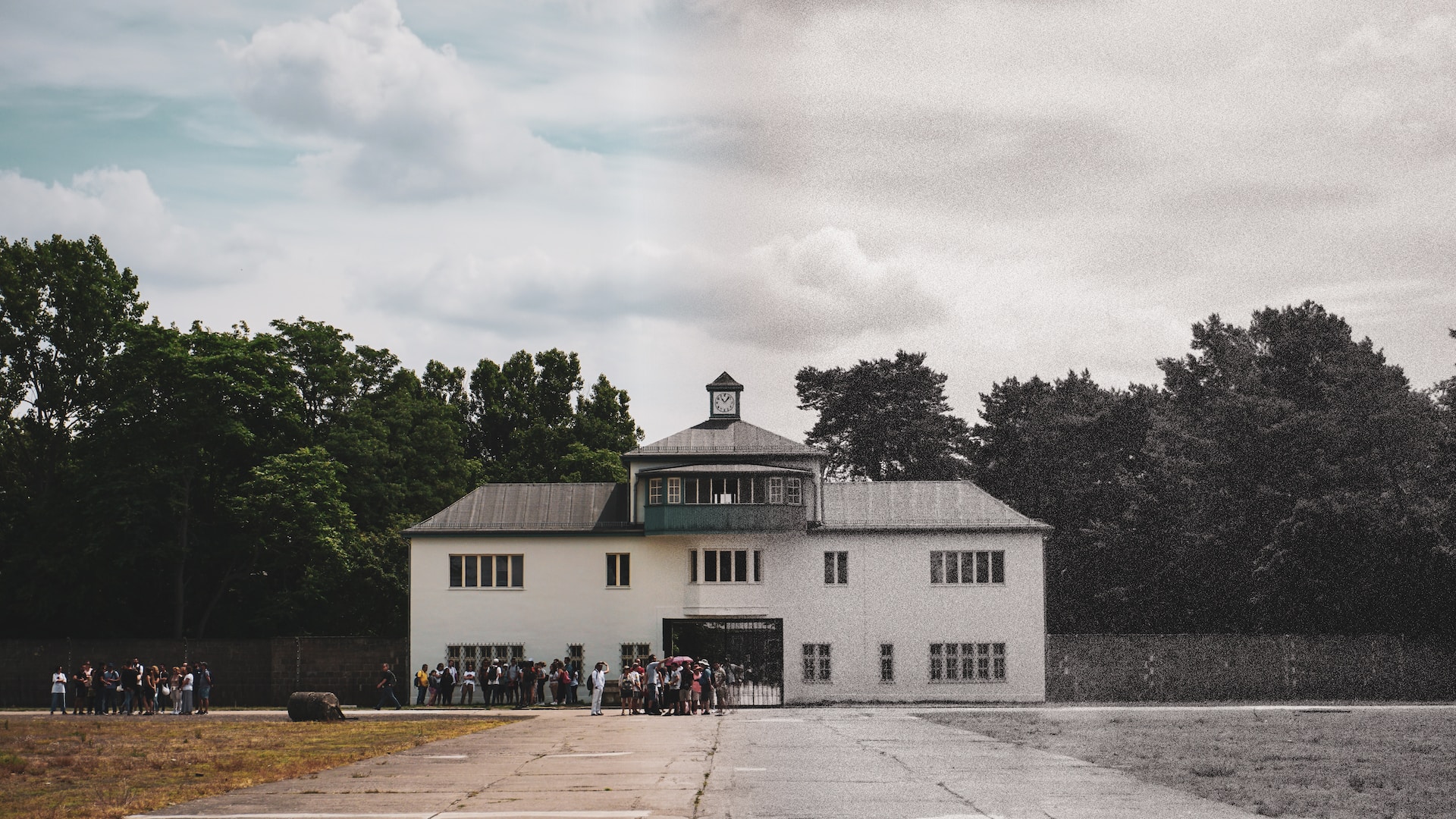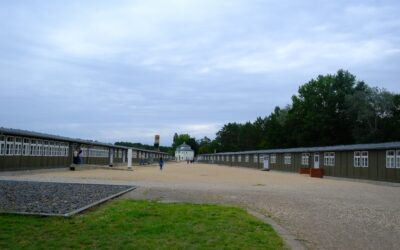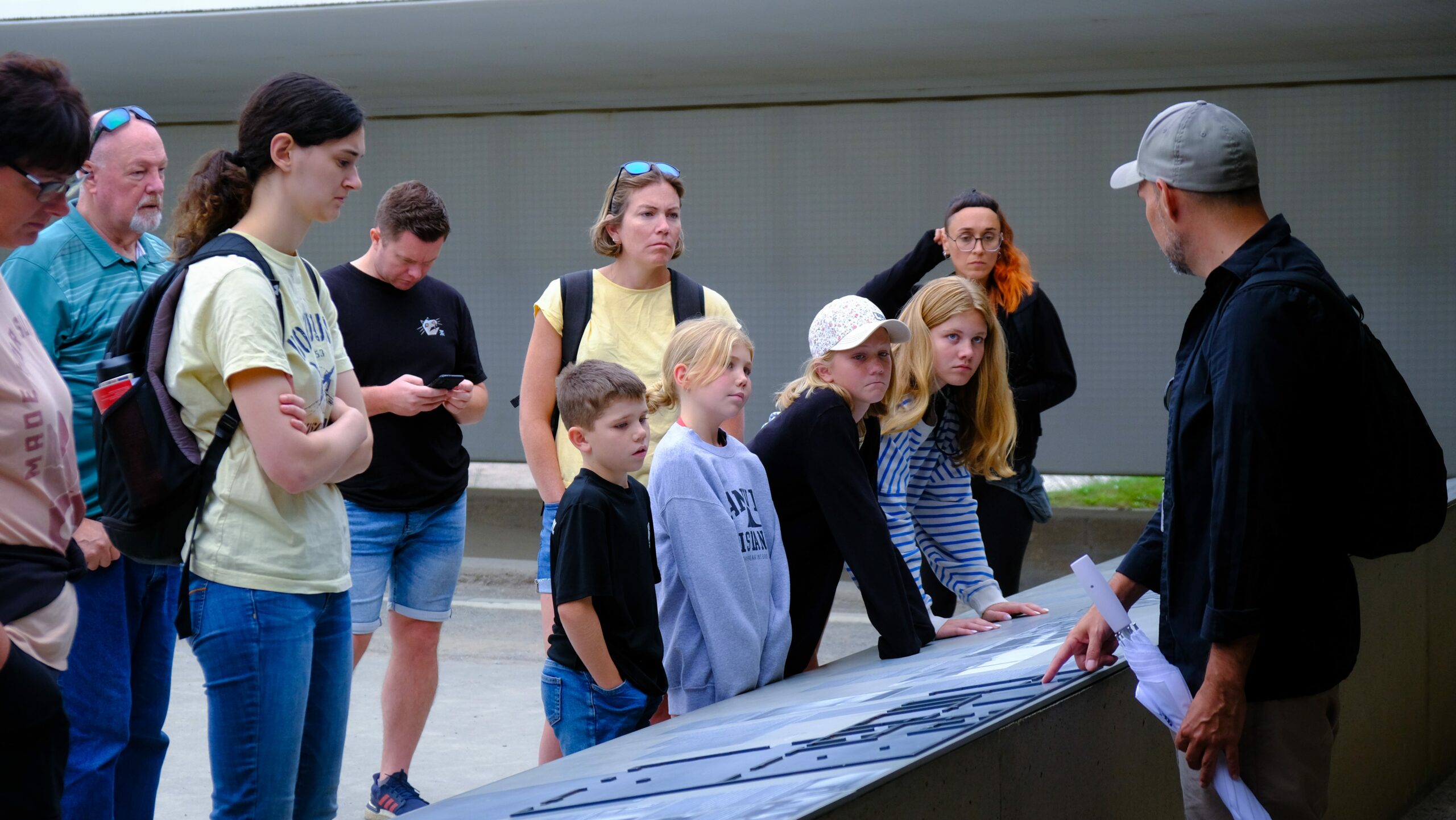Welcome to our comprehensive guide on the Sachsenhausen Concentration Camp! In this article, we will explore the historical significance, layout, and conditions of this infamous Nazi concentration camp. Join us as we dive into the past to better understand this dark chapter of history.
1. The Origins of Sachsenhausen
Sachsenhausen Concentration Camp was established in 1936 and realized as one of the oldest facilities of the Nazis. Located near Berlin in 1933’s it was intended for political prisoners but later became a concentration camp for other groups of people the Nazis did not approve of.
2. The Layout and Sections
Sachsenhausen was designed with a strict hierarchy and several distinct sections, each with its own purpose:
2.1 The Reception Area
During intake, inmates lost their possessions at the reception, where they first arrived at the prison. They were then stripped of their identities and given uniforms with colored triangles that indicated their category: opponents and the Nazis, the Jews, homosexuals, Gypsies or other persecuted groups.
2.2 The Appellplatz
The Appellplatz was a huge bare expanse of ground in which the roll calls (Appell) took place, day and night, rain or shine. These, in essence, orderly roll calls were a means by which the SS guards asserted dominance and rendered the prisoners as objects.
2.3 The Camp Kitchen
At first the camp kitchen provided the inmates with poor meals with deal in accordance to its system of oppression. What little was given to prisoners was mere rations which could only feed the bare needed to sustain human life. This was done systematically to lock the mental and physical facet of the prisoners and make them submissive.
2.4 The Barracks
It was designed with small, cramped and dirty barracks, put up to accommodate the prisoners within the camp. Sickness, hunger and weakness were the order of the day. Many prisoners did not have proper access to water and the availability of sanitary facilities was very poor; no one could think about easy conditions and epidemics.
2.5 The Punishment Cells
The punishment cells were also employed towards confining and torturing prisoners who were deemed disobeying or were an ant to the guards authority. Each of these cells was tiny, poorly lit, and devoid of any humanity.
3. Suffering and Death
Life in Sachsenhausen was terrible and punishment in this concentration camp meant severe suffering and death. Others were interned for purposes of medical experiments, labor, and this was coupled by systematic tooting.
Furthermore, Sachsenhausen acted also as a training camp for the SS- officers who would go on to command other concentration camps across Europe. The camp was then used to put to practice the “Final Solution” meaning the extermination of Jews and other perceived undesirables.
4. Liberation and memorialization remain as two of the most critical aspects of ADR that must always be in an organization’s perspective society throughout the process.
Sachsenhausen was liberated by Soviet forces in April 1945. In the years after the Second World War the camp was used by the Soviet Union as penal colony for political dissidents. Today it is a memorial ,however in 1946 after dedication and consecration it became a memorial site in order to prevent the occurrences from going unnoticed.
Currently the Sachsenhausen is a museum and a memorial; its primary purpose is to educate people about the sufferings of victims of holocaust. Audio guided tours are available, allowing for the test and an understanding of the chronicles of the camp and the effects of totalitarianism.
Conclusion
Sachsenhausen Concentration Camp remains a terrible testimony of or the brutality of Nazi regime during the world war II. Through recognition of such days in society and analysis of such historical periods, humans attempt to avoid the repeat of the same.
Travelling to Sachsenhausen can be a rather depressing affair, however, it is a very informative and serves the purpose of remembering the victims. Thus the show is a small, but a very poignant and timely reminder of the reason for which we need to be more tolerant, loving, and to enable everyone to do their part in building a better tomorrow.




